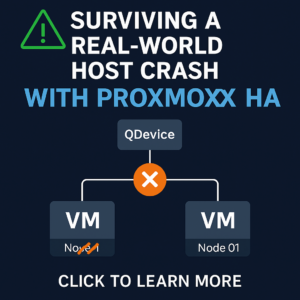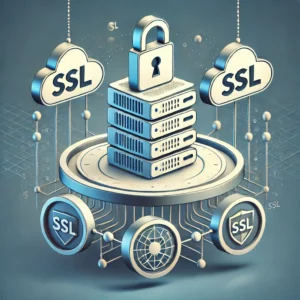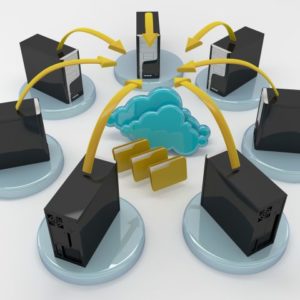Focus on what is important
It’s nice to have detailed monitoring information for every system on your network, but if a non-critical system is unavailable during off-hours, do you want those notifications waking you up in the middle of the night? Continue reading to learn why properly configuring alerts and notifications for your monitoring system is important.
Consider these options first
Criticality-based
Networks of any sort have systems critical to someone. Anyone who has worked in an office or from home has systems they depend on, regardless of job role. However, that person may have varying degrees of what is needed to accomplish their job tasks. One of the ways to ensure you’re monitoring the things most important to you is by monitoring the systems which your end-users depend on to be productive in their job. For context, here are some quick examples:
- The sales department needs access to Salesforce, an internally developed application, and a third-party SaaS
- The marketing department needs access to their automation tool, various engagement tools, and different third-party SaaS
- The finance department needs access to their network shares, Microsoft 365 applications, and yet another third-party SaaS
- The engineering department needs access to their development both on-premises and in the cloud, online code repositories, and yet another third-party SaaS.
Each system in the list above has its own dependencies that are important to consider when determining how critical the alert is, from the perspective of IT as well as their internal customers, sales, marketing, finance, and engineering.
Another way to ensure you’re monitoring the correct systems is to ensure you monitor any revenue generating systems. This will obviously vary from business to business, but let’s use the example of eCommerce shops. If your eCommerce shop becomes unavailable, customers can’t buy your products — even worse, they have a negative experience with your shop and when faced with this situation, most choose never to return.
In addition to considering the two above examples, there could be multiple levels of criticality, for example, systems which need to be available 24/7 versus systems which only need to be available during business hours. Back to our example of the eCommerce shop being unavailable: this means, globally, you are unable to sell anything from your shop. You need to know about this problem as soon as possible so someone can work to fix it. At the end of this, there could be development and testing systems for that eCommerce shop which need to be available only during business hours. Or in other words, you want your critical systems to wake you in the middle of the night but would be annoyed if the test system did the same.
Functionality-based
Another good option for determining your monitoring and alerting scheme could be by business service or application. You may have an application environment consisting of multiple network devices, virtual machines, containers, and cloud services. The network devices need to notify the network team, the virtual machines and containers need to notify the virtual team, and the cloud services need to notify the cloud team. This makes high-level reporting on a per application or service basis possible, which upper management tends to love.
Dependencies
Let’s use WhatsUp Gold as a quick example. In a WhatsUp Gold environment, the application server could be separate from the database server, each of which could be on separate hardware or hypervisors. Each server or hypervisor needs to connect back to a network device in some way, and that network device in turn needs to connect to your other network devices, as well as the internet. Hopefully, you get the point: the number of dependencies an application or service has can add up quickly and it is important to understand which systems depend on others within your environment.
Start monitoring
To monitor a device in WhatsUp Gold, you have multiple options. One option is to discover the device using Discover > New Scan, found in the navigation menu at the top-left. When the discovery is complete, go to Discover > Discovered Network, select the device, and then click the ‘Start Monitoring’ button.
You can directly add a single device to monitoring. To accomplish this, click “My Network” in the navigation menu, then right-click a device group and left-click ‘New Device’. The add device dialog will appear, adjust the options as necessary and proceed.




